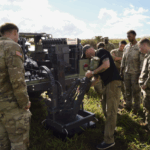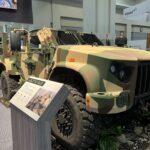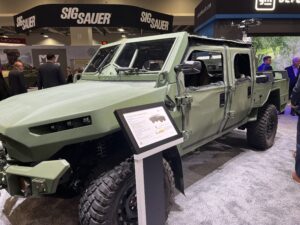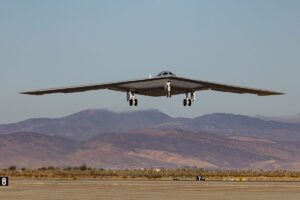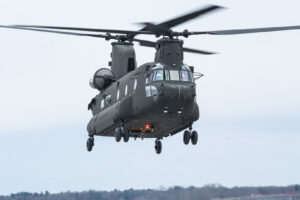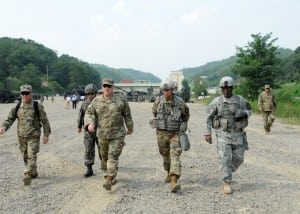
Army senior leaders are closely studying current conflicts for clues to how future urban warfare will be fought, but say the service is fundamentally unprepared for the megacity battles some foresee.Not only has the Army focused on counterinsurgency during the wars of the past 15 years, it is structured and equipped for open-field fighting, said Chief of Staff Gen. Mark Milley. Its veteran combat units are used to fighting with overwhelming firepower against relatively unsophisticated opponents under skies clear of…

 By
By 